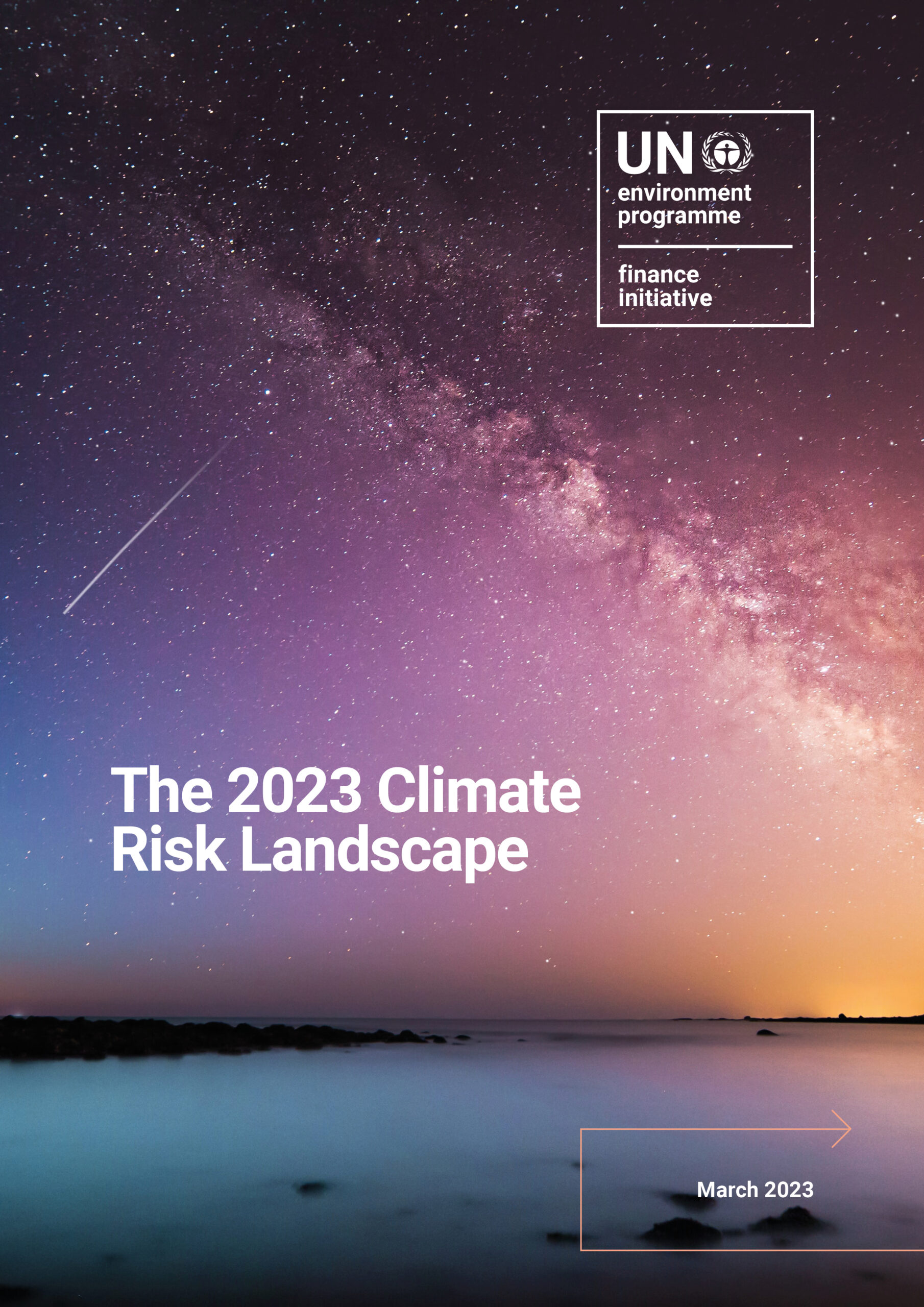The Global Resilience Project (GRP) aims to shift the focus of governments, NGOs, communities and businesses to investing in upfront measures that reduce disaster risk, rather than post-disaster relief and recovery efforts. The GRP seeks to do this by deepening understanding of disaster risk reduction (DRR) activities globally, identifying the economic and social costs of disasters, and assessing the effectiveness of DRR measures. This information will be used to provide insight into effective insurance industry engagement strategies that can be carried out by the PSI Initiative and its members with governments, NGOs, communities and businesses to support DRR activities, particularly in highly exposed and vulnerable countries.
The GRP has three phases. Phase I delivered a global research report, “Building disaster-resilient communities and economies,” which was launched at a major PSI event in London in June 2014. The report identified and assessed the effectiveness of a range of DRR measures for the three natural hazards that have caused the most devastation in terms of economic and social costs: cyclone, flood and earthquake. The research focused on net economic benefit, net social benefit, and the relative cost of a range of DRR measures. It highlighted learnings from behavioural, ecosystem, and structural DRR measures, and identified effective, actionable DRR measures that help build disaster resilience.
Phase II of the GRP builds on Phase I by developing global and country natural disaster risk maps, highlighting the economic and social devastation caused by cyclones, floods and earthquakes and areas of high exposure and vulnerability to these natural hazards. The Global Risk Map, was formally launched at the UN headquarters in New York in June 2015 at the UN-Insurance Sector Summit. The publicly accessible online risk assessment tool provides greater understanding of natural disasters over the past 115 years and highlights the social and economic devastation caused by cyclones, floods and earthquakes, as well as key data such as disaster response resources and insurance penetration and density.
Phase III, ‘Collaborating for Resilience: Partnerships that build disaster-resilient communities and economies’, was launched on Resilience Day of the UN Climate Change Conference in Paris (COP21) in December 2015. This final phase focuses on multi-stakeholder partnerships for disaster risk reduction, as well as innovative disaster risk transfer solutions, to support global stakeholder outreach and engagement activities on disaster resilience, greater investment in disaster risk reduction, and integrated disaster risk management.


